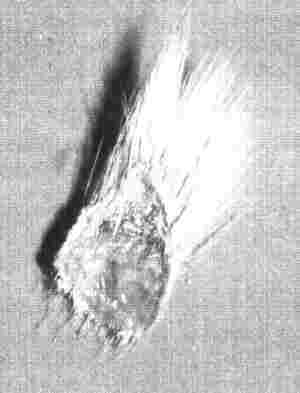- This forum has 2 topics, 1 reply, and was last updated 4 years ago by .
Viewing 2 topics - 1 through 2 (of 2 total)
-
- Topic
- Voices
- Last Post
Viewing 2 topics - 1 through 2 (of 2 total)
- You must be logged in to create new topics.
An online horse care and health guide
Welcome Guest! Do you need a reliable equine reference you could use at home, at the barn, even on the trail? Still have questions? How about access to a experienced equine veterinarian? You are 60 seconds away from access!
Come Join Us we have several options and the first month is FREE!
By the way, when you join not only is the whole site yours to enjoy but these ads disappear!
Summer Form
This disease is not always associated with wet conditions and has several forms. At its mildest sometimes called the "summer form", the horse develops dozens of tiny little scabs maybe an eighth of an inch across. They can be felt as small bumps as you run your hand over the affected areas. They are easily scrapped off with your finger nail and will have hair embedded in the scabs. Usually the horse will show obvious discomfort when they are removed. This miliary form develops anywhere on the body and is a cause of cannon scurf so common among show and racing horses.
|

|
Winter Form
At its worse, the winter form, Dermatophilus can cause large scabs several inches across that when removed (again the hair over the scab will come off and remain embedded in the scab) leave behind a moist or purulent irritated shallow erosion. These areas are very painful. This is the form written about in books that usually is seen in wet weather on horses receiving little attention.
|

|